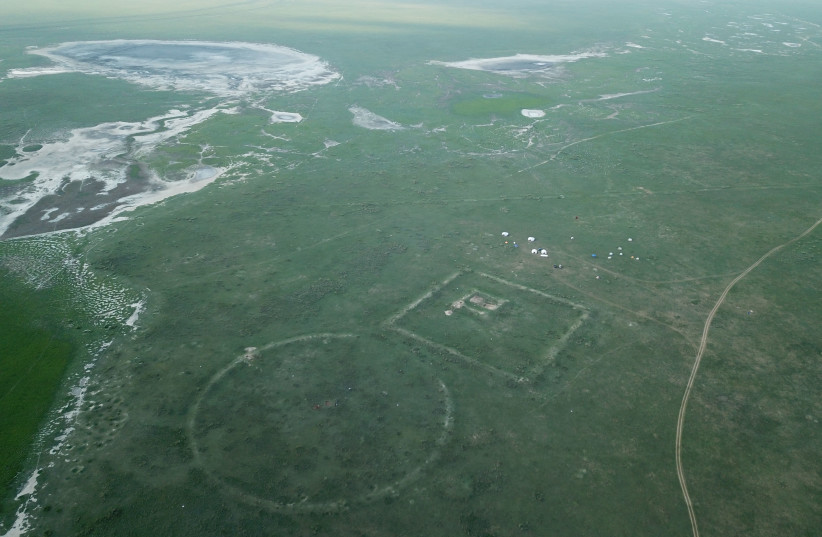Organic materials used to construct segments and beacon towers of the Great Wall of China contain significantly more historical environmental and scientific data than previously understood.
Researchers, who published their findings in the peer-reviewed journal Nature, examined the chemical makeup of reeds collected from ancient sections of the Great Wall located in modern day Gansu and Xinjiang. They used a combination of chromatographic techniques and isotope analysis. This was the first instance of such methods being used to analyze archeological data from the Great Wall.
Chromatography is the process of breaking down a material into its component parts by dissolving it into a fluid solvent and carrying it through a system that will catch and separate its components. This system may be different depending on the experiment, but the most recognizable chromatography system is the color-changing paper which produces horizontal lines on COVID-19 home antigen tests.
Isotope analysis is not as applicable to everyday life, but it is essentially a method of analyzing both organic and inorganic compounds on a molecular level.
What did researchers find out?

The scientists took advantage of the well-preserved materials to learn as much as they could about local history. They observed, for example, that regional climate change caused “significant surface-water hydrological changes” only after the Song Dynasty (1160 CE).
The study provides support for existing archeological theories which speculate that certain parts of the wall were altered or repaired long after they were originally built.
The most well-knowns sections of China's Great Wall were built during the Ming Dynasty in the 15th century CE and made of brick and stone; however, these are only part of a network stretching across northern China that contains a wide variety of building materials. Sections dating as far back as 475 BCE were constructed using locally-sourced materials like reeds and wood, or gravelly dirt.
The researchers explained that “an array of fascine and rammed-earth ramparts was established following the unification of China in 221 BC” in order to protect against the threatening northern Xiongnu and Xianbei states. These defenses were essential in the second century BCE for expanding the territories of the Han Dynasty into the western frontier, including today’s Xinjiang and Gansu Province, from where the study took place.
The paper emphasizes “the future potential of these in situ materials as valuable biogeochemical archives for studying human-altered ecosystems and hydrology.” This is to say that by studying ancient plant matter, the scientific community can arrive at a deeper understanding of environmental conditions at specific historical points along the Great Wall of China.
